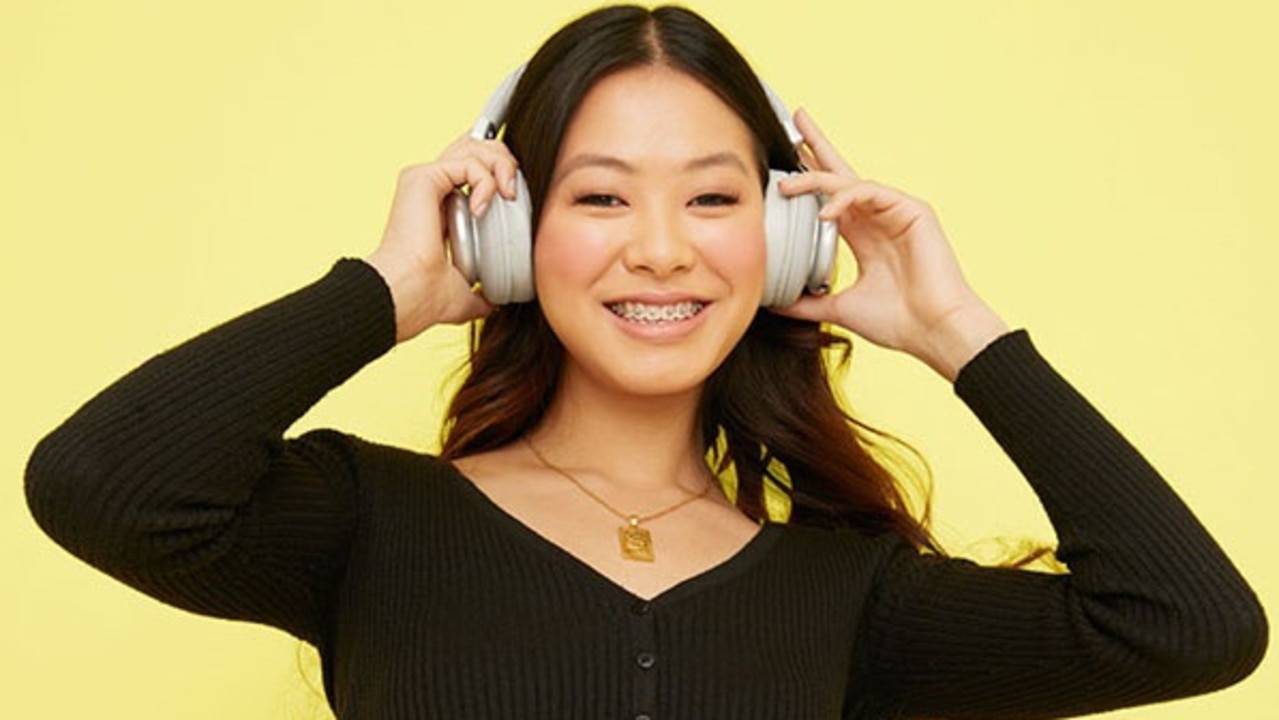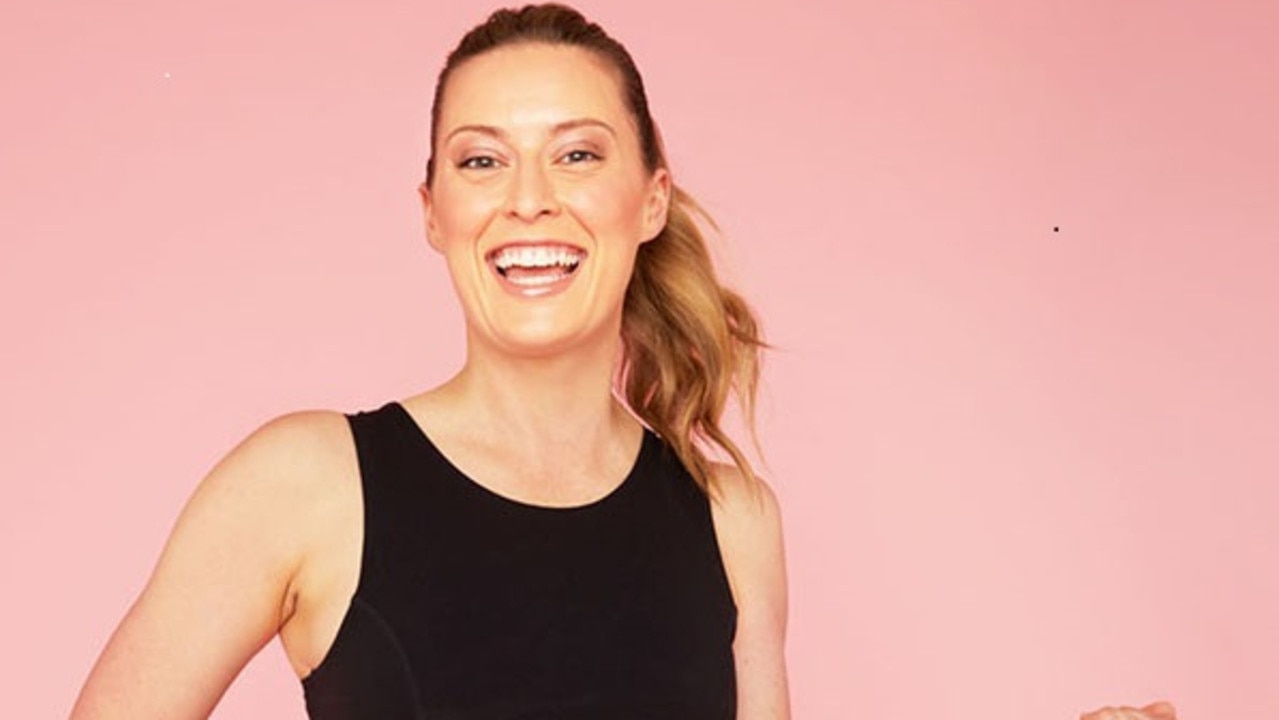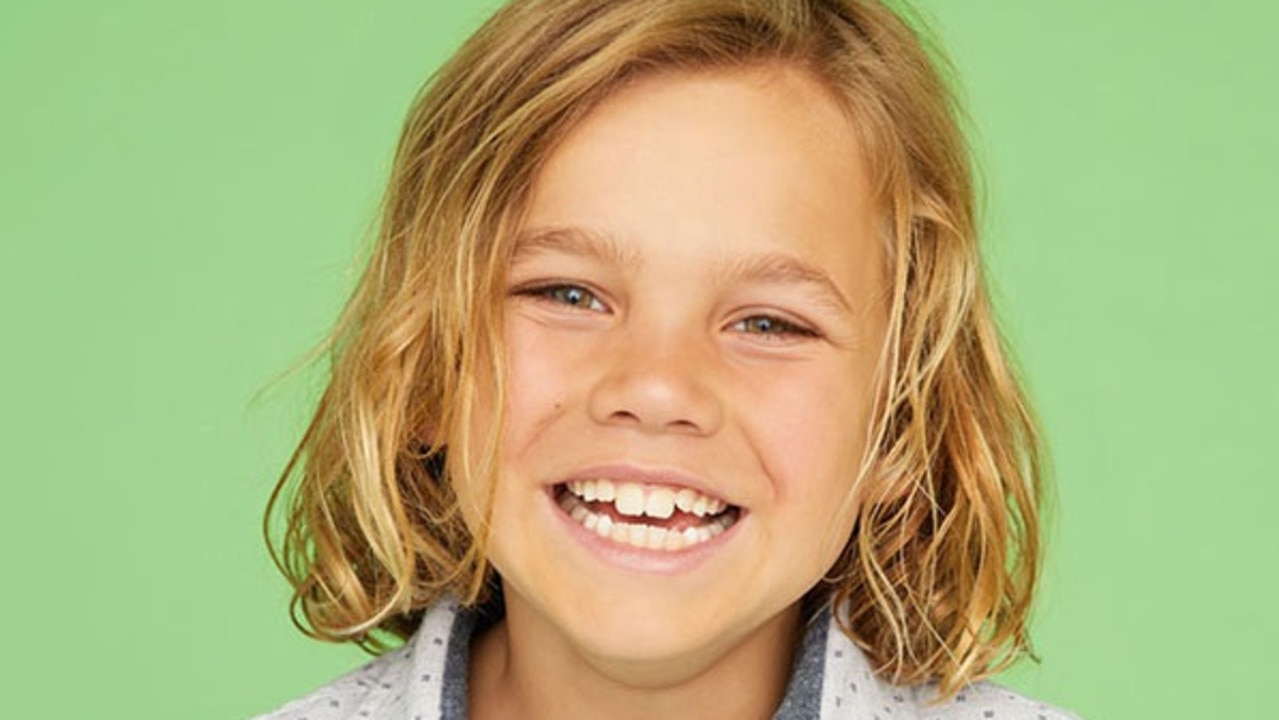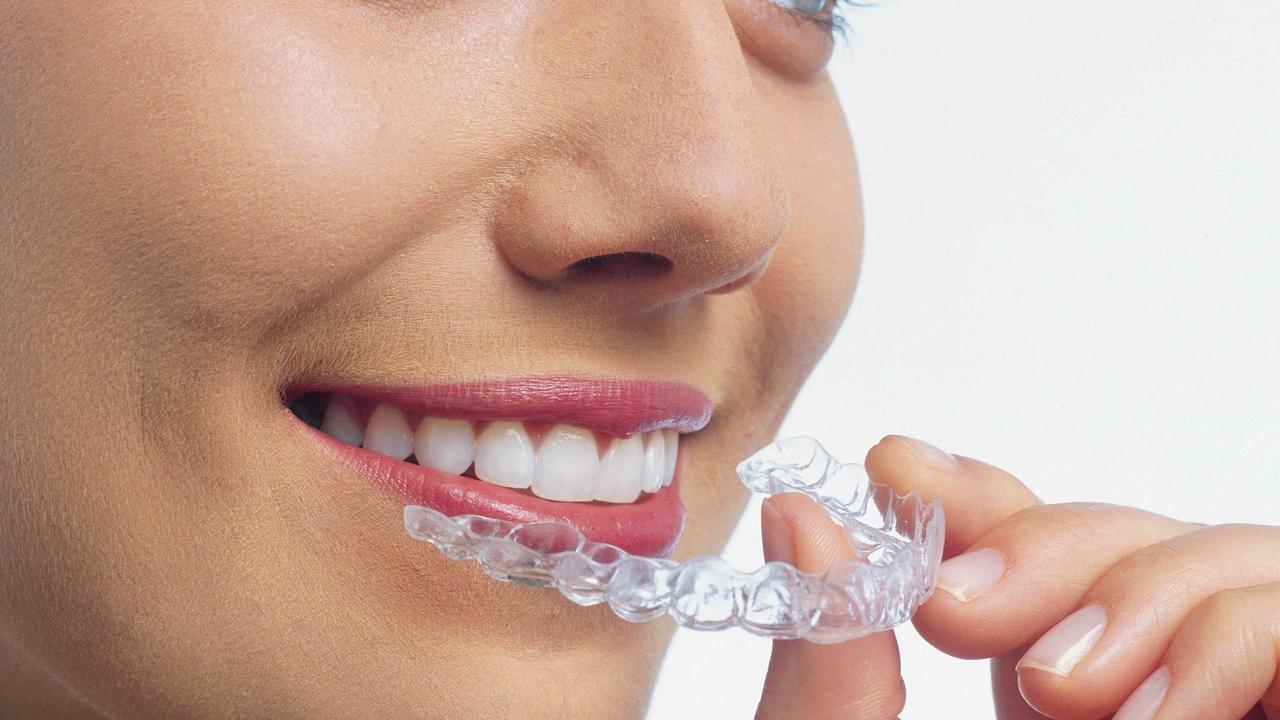Dentists’ war on ‘risky’ direct-to-consumer and online teeth straighteners
Dentists have warned more needs to be done to shut down the DIY teeth straightening industry, which is exposing Australians to “significant potential risks”.

Children as young as eight are being urged to see orthodontists for possible braces, as dental experts warn over the rise of DIY teeth-straightening kits and the damage done to kids’ teeth through Covid restrictions.
Traditional metal braces can cost up to $9000 while ceramic braces and clear aligners up to $9500, and lingual braces up to $15,000.
Australian Society of Orthodontists (ASO) specialist orthodontist and spokesperson Dr Theresia Sudjalim said more children were presenting with teeth in urgent need of orthodontic treatmentbecause they didn’t see a dentist during the years of Covid restrictions.
“Unfortunately, some children are now requiring the extraction of adult or baby teeth, however, if they were seen earlier by a paediatric or general dentist, they would have likely had less invasive treatment and the teeth could have been saved with restorative treatment, such as fillings.
“I’m seeing more patients at VCE and early university age, who would have preferred to have commenced and completed orthodontic treatment at an earlier age. As such, they’re seeking faster treatment and more aesthetic treatment options,” she said.


Dr Sudjalim said the window for simple treatment on children was short.
“So it’s important that parents bring kids in aged eight to 10, so preventative measures can be taken or if they are fine, can be provided with piece of mind and the child can be supervised. Prevention is better than cure.”
She warned Australians should steer clear of increasingly popular DIY teeth straightening methods demonstrated on social media — including tying hair elastics and rubber bands tightly around wonky teeth — and the cheap, direct-to-consumer clear aligner teeth striaghtening products now being offered over the internet.
Although the lower cost and apparent greater convenience could seem appealing compared to traditional orthodontic treatment, DIY treatment plans could lead to significant dental problems down the track, including permanent damage to the teeth and gums resulting in costly remedial treatment.
The DIY services typically saw consumers have their teeth scanned at retail outlets – which could be done by a person with no dental qualifications - or were mailed a DIY kit to take impressions of their own teeth. The scans or moulds were then used to create a series of clear aligner trays, which were sent directly to the consumer to administer themselves.
“This method that does not involve assessment by a specialist orthodontist, doesn’t account for variations in people’s teeth and does not allow for any adjustment to the treatment once the aligners have been sent. In addition, some DIY services do not include taking X-rays to assess the health of the teeth and surrounding bone, so there is no way to determine if the proposed tooth movement is safe or even feasible, or if the tooth roots, gums and bone are healthy enough to tolerate tooth movement,” an ASO spokesperson said.


“The ASO’s view is that starting orthodontic treatment without having a face-to-face consultation with a specialist orthodontist and their clinical team exposes the patient to significant potential risks, such as incorrect treatment plans and misdiagnosis.”
Former ASO president Dr Howard Holmes said the organisation had been lobbying “for some time” Australia’s health watchdog, the Australian Health Practitioner Regulation Agency (AHPRA) to take a hard line on direct-to-consumer orthodontic treatments such as clear aligners as the United Kingdom had.
“Unfortunately, unlike its UK counterpart, AHPRA has not been proactive in providing clear guidance to Australian dental practitioners, their patients and the public generally when it comes to direct-to-consumer orthodontic treatment,” he said.
“Regulators across the globe are expressing concerns for patient health and safety in the context of direct-to-consumer orthodontic treatment . . . in Australia, the Australian Society of Orthodontists will continue to actively advocate for patient safety and care in the direct-to-consumer setting, and we look forward to the Australian heath practitioner regulator AHPRA doing the same.”

Major private health insurer nib said general dental claims made up the biggest percentage of total claims paid out for kids aged under 18 in 2022, followed by optical and orthodontics.
Nearly $30m was paid out by the insurer for kids in major dental, general dental and orthodontics combined, up more than a $1m on 2019, before Covid hit.
In 2018 and 2019, the insurer had more than 6000 members who claimed for braces.
This dropped off in 2020 and 2021, during Covid, but was now rising again.
“Covid caused a drop in ancillary claims, including orthodontics. Braces are super expensive,” nib chief medical officer Dr Rob McGrath said.
“Other factors that can affect whether a family might decide whether or not to have braces applied to a child’s teeth include what the family or household budget looks like,” he said. “Private health insurance covers some of that cost. It can be the single biggest expense in terms of medical treatment for some kids. And it is the reason why people hold on to their insurance.”
He said parents should always ask how much their child’s orthodontic treatment would likely cost and what the out of pocket costs would be, before treatment started.
Different types of braces and what they can cost
Metal braces $6000 – $9000
These are the most common type of braces, made up of metal brackets attached to the teeth and connected via a thin wire. Metal braces, also known as traditional braces, are also typically more affordable than other types of braces.
Ceramic braces $6500 – $9500
These are similar to traditional braces but are made up of clear brackets, meaning that they are less noticeable. If your child is self-conscious about metal braces, ceramic braces may be a good option.
Lingual braces $9500 – $15,000
These braces still use metal brackets and wires, however they are placed on the inside of the teeth, making them discreet.
Clear aligners $6500 – $9500
This treatment involves a customised series of removable plastic aligners that use gentle pressure over time to move the teeth. Clear aligners are often favoured by older teens or adults, however they require a high level of self-discipline to ensure you stick to your treatment plan. As clear aligners work differently to braces, your orthodontist will determine if clear aligner treatment is suitable for your child’s individual case.
**Prices typically cover a 15 to 18 month treatment period that not only straightens teeth but helps to correctly align the jaw and includes the cost of regular consultations to monitor the progress of treatment.**
Signs your child may need early orthodontic treatment
There are several ways you can check whether your child may need early orthodontic treatment. You should seek an assessment if you observe any of these characteristics or behaviours in your child:
• Early loss of baby teeth (before age five)
• If your child’s teeth do not meet properly at all when biting
• Mouth breathing and/or snoring
• If your child’s front teeth are crowded (you generally won’t see this until the child is about seven or eight-years-old)
• Protruding front teeth
• Biting or chewing difficulties
• A speech impediment
• If your child’s jaw shifts when he or she opens or closes the mouth
• If your child is older than five years and still sucks a thumb or finger
What are the benefits of early orthodontic treatment?
• Early orthodontic treatment begins while a kid’s jawbones are still soft. They do not harden until children reach their late teens. As the bones are still pliable, corrective procedures work faster and more effectively than they do for teens and adults.
• While your child’s teeth may appear aligned and straight, there could be underlying issues that need to be addressed to prevent more serious problems from developing. Early intervention usually means that later orthodontic treatment will be more straightforward and completed in a shorter amount of time.
Why is the difference between an orthodontist and regular dentist
Orthodontists are the experts at straightening teeth and correcting bad bites. They begin as dentists before completing an additional three years of full time study to become registered specialists. This extra training gives orthodontists in-depth knowledge of the newest technologies and the best practices to safeguard the health of your child’s teeth.




